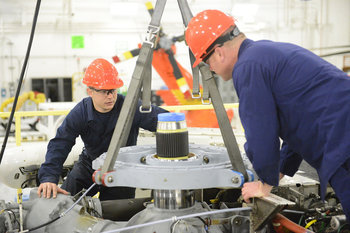
Inflation vs Stagflation
Stagflation is a period of high inflation, low growth and high unemployment.In theory, stagflation should be extremely rare. That is to say, inflation is associated with periods of economic growth. So much so, that some economic theories consider recessions and inflation to be opposites. Inflation is usually the result of a heating economy that allows employees and suppliers to demand higher salaries and prices.Stagflation is caused by shocks to an economy such as a sudden price increase in energy. It can also be caused by economic mismanagement such as an overly aggressive expansion of money supply.It can be difficult to defeat stagflation because high interest rates are normally used to combat inflation by cooling economic growth. However, high interest rates are a bad idea when an economy isn't growing and you have high unemployment. In a healthy economy, stagflation usually works itself out eventually as consumers have incentive to spend money in a environment where prices are always increasing. This tends to stimulate economic recovery. Stagflation caused by a supply shock such as a sudden increase in the price of an essential commodity also tends to work itself out as producers will invest in capital to produce more of the commodity leading to eventual price declines.| Inflation vs Stagflation | ||
Inflation | Stagflation | |
Definition | A sustained increase in the price of goods and services. | A period of high inflation, low economic growth and high unemployment. |
Associated With | Economic GrowthIncreased Money Supply | Supply ShocksEconomic Mismanagement |
























